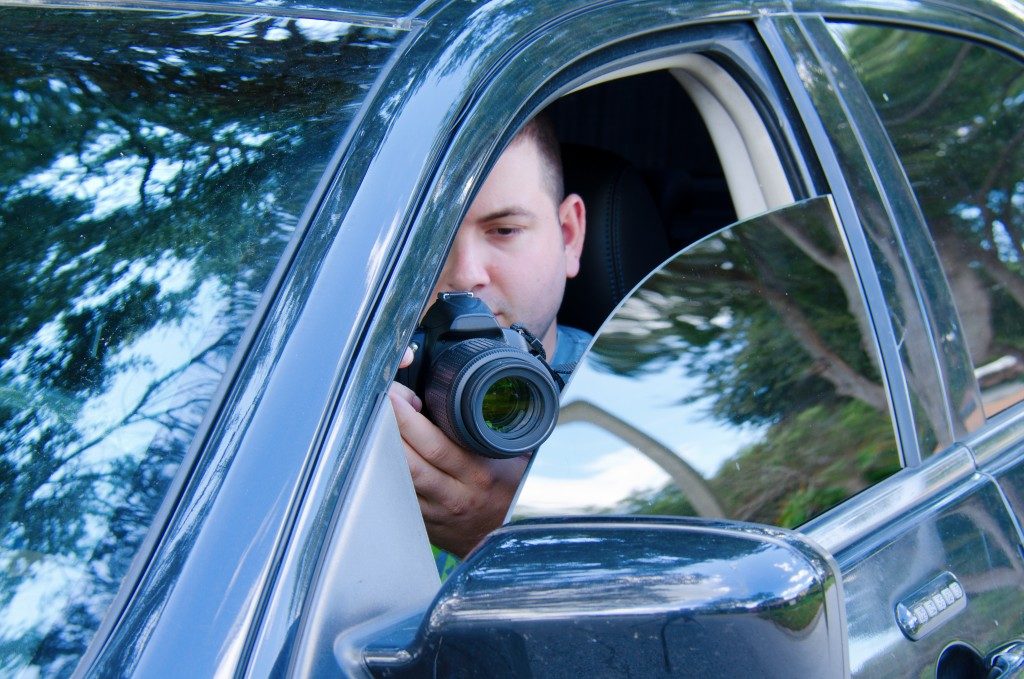In New Zealand, some need to work at nights – and in public places such as roads. Perhaps they need to complete construction work or keep these areas safe. Either way, if this is your job, then you understand the risks that come with it. These include the dangers of night driving.
But what is it about driving at night that makes it accident-prone? Shouldn’t it be much safer instead since there are fewer vehicles on the road?
1. Blame Them on High-Risk Drivers
New Zealand defines ‘high-risk drivers’ as people unqualified to be behind the wheel. These are those who are drunk or high in drugs or unlicensed. These can also refer to drivers who speed or illegally race.
According to data, these people account for over 30% of fatal crashes caused by at-fault driving. Nearly 50% of their accidents occurred at night, especially between 10 p.m. and 6 a.m.
2. There Are Weary, Stressed Drivers
Workplace stress is increasing in New Zealand. Per the 2018 Workplace Wellness report, over 20% of the businesses said that their staff felt higher stress levels than in 2016. Burnout and stress can cause many physiological changes, including impaired or poorer decision-making abilities.
Although the exact reason remains unclear, experts believe that stress, especially an acute one, could alter the way the brain processes information. That can be a significant problem if this individual is a driver.
When a person is driving, they still have to decide on many things. Where should they turn? How fast or slow should their driving be? With stress, they might struggle with deciding promptly. That can prevent them from acting quickly if they see someone on the road.
3. Two Words: Truck Driving
About 17% of the total road crashes involved trucks, according to the Ministry of Transport. This is even if the total distance they travel in all NZ roads is less than 10%.
The danger of injury and death is also higher for other road users, such as pedestrians, than truck drivers themselves, although it doesn’t mean that the latter are always at fault.
Based on data, truck-driving accidents are the highest during weekdays, especially Mondays to Wednesdays. Although they are most common in the daytime, night-time accidents, particularly around 8 p.m., can still be risky.
How to Lower Your Risks

You cannot control the behavior of drivers, but you can learn to manage your risks with these pointers:
1. Equip Yourself Properly
Gears and apparel like a high-vis polo shirt can help save lives. You become more recognizable on the road, and drivers can estimate their distance away from you. Furthermore, the color can serve as a warning to slow down or even jolt sleepy drivers.
High-visibility clothing is specifically ideal in places with poor lighting conditions or when work entails plenty of movements.
2. Put Up Clear Signs
If you need to do active work on the road, make sure you can inform drivers even if they’re still several distances away. Clear, readable signs are always necessary. You can also use them as a barricade to add protection for you.
3. Focus
Although it’s easier said than done, strive to keep your eyes and ears keen on your surroundings. Pay attention to speeding vehicles or cars and trucks that seem to be navigating the road poorly.
Although road safety is improving in New Zealand, it’s not an excuse to be complacent. Always consider your safety a priority, especially if you’re doing night-shift work.



